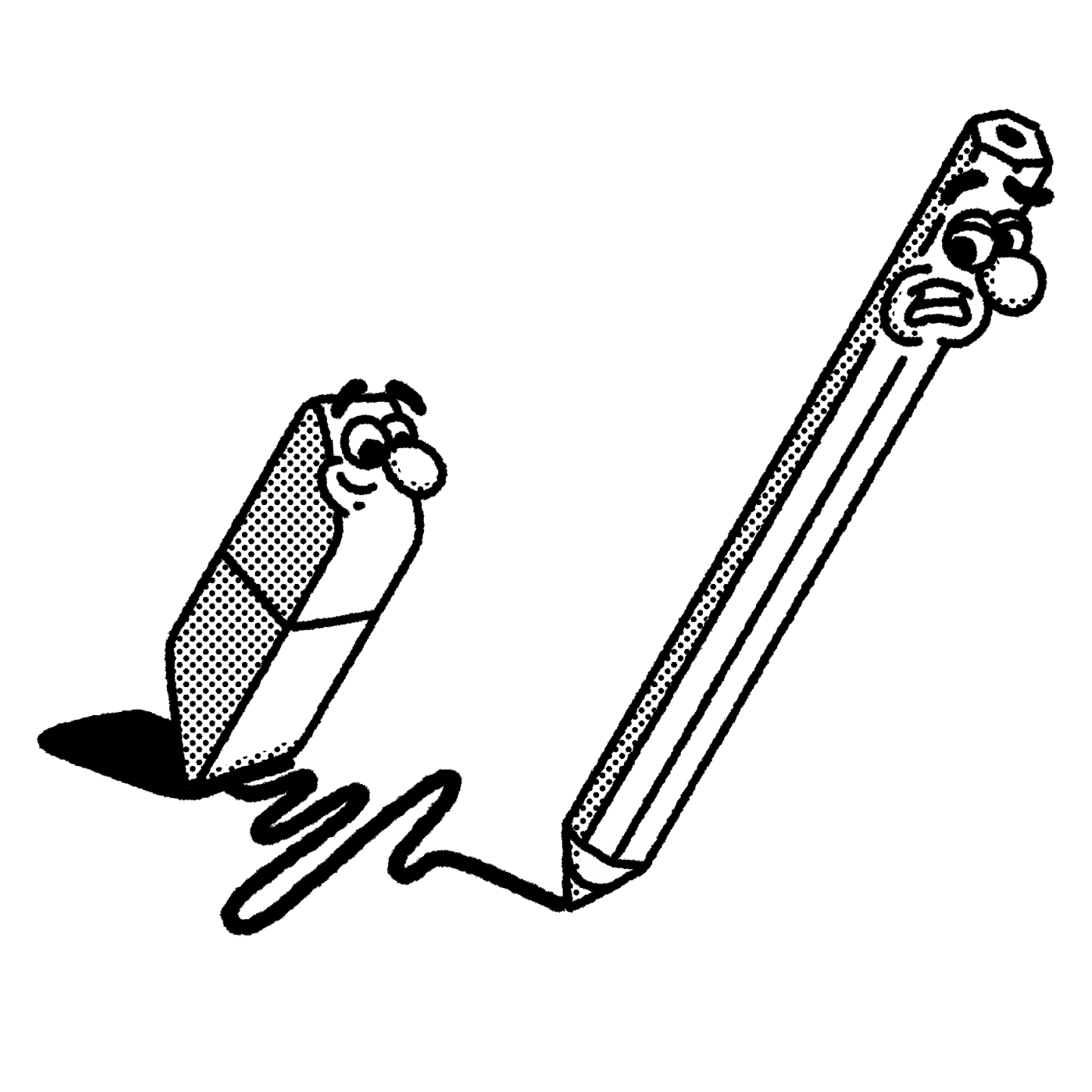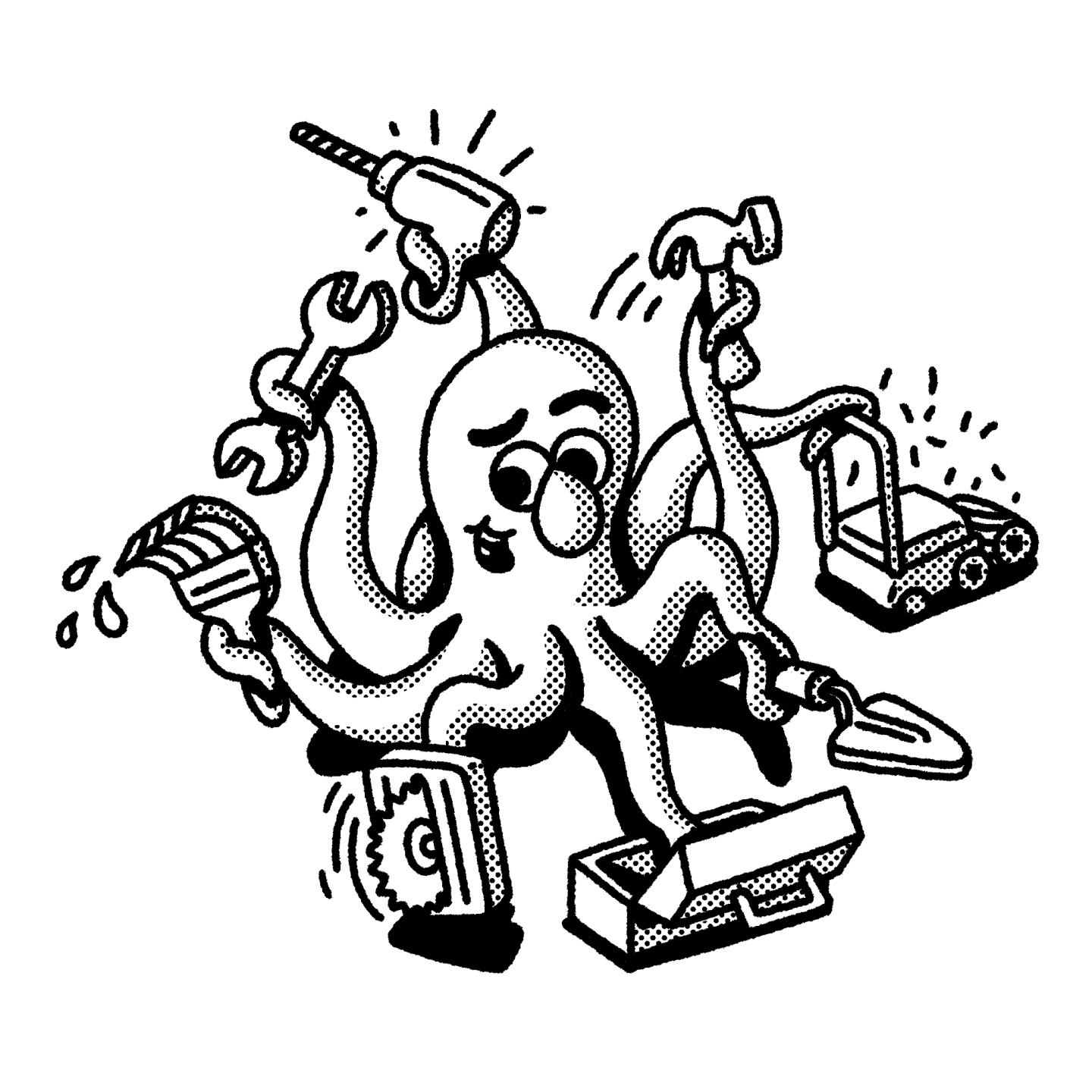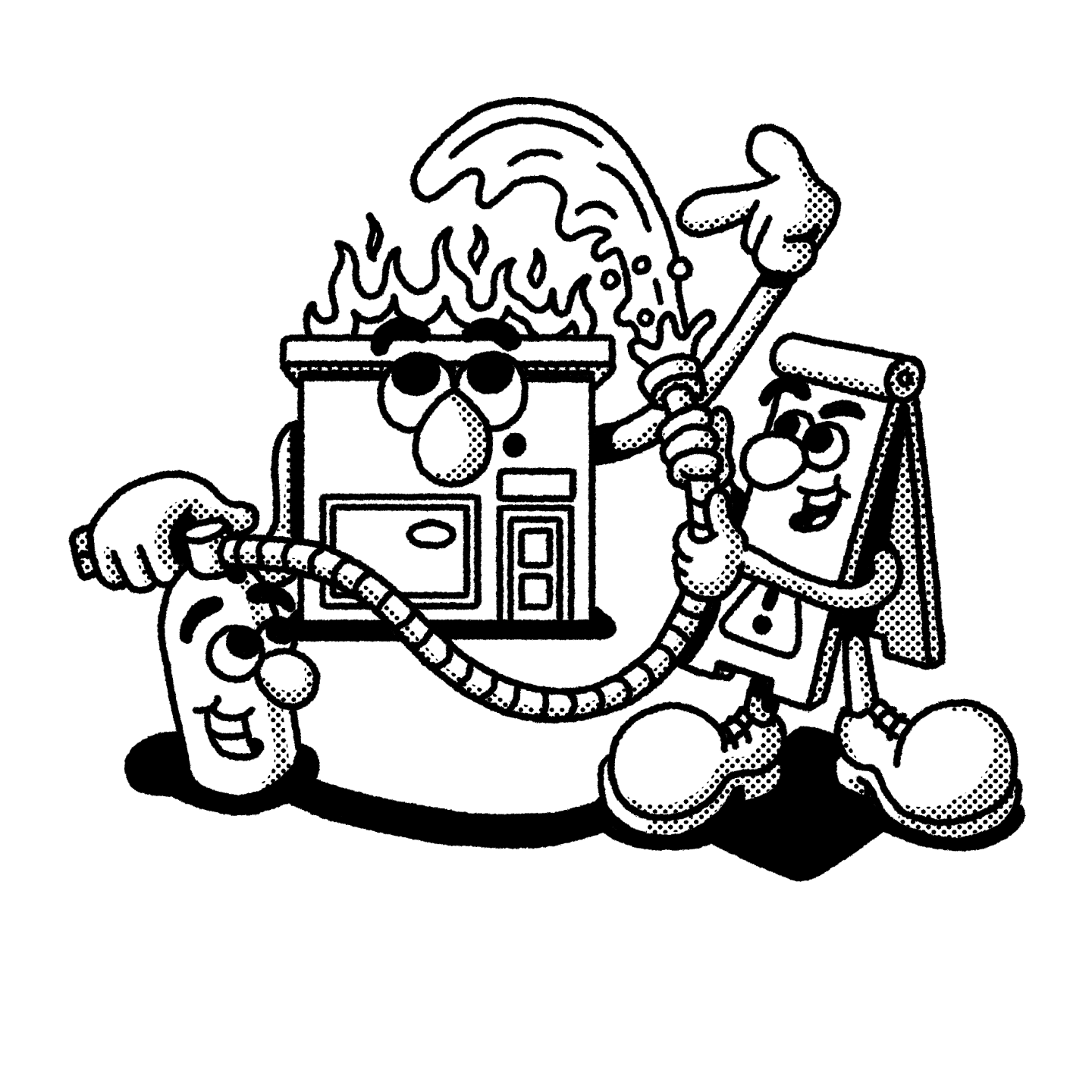What is tail coverage?
Tail coverage is an endorsement (or rider) added to an insurance policy that extends coverage beyond the policy’s end date.
Tail coverage is an endorsement (or rider) added to an insurance policy that extends coverage beyond the policy’s end date.
Let’s say you’re a plumber contracted to install the bathroom fixtures in a new house. You’re prepared. You have professional liability coverage, which can protect you from any errors or mistakes you make on the job.
Shortly after you finish the project, you hang up your tool belt and retire from plumbing. You let your insurance coverage lapse. A year later, the house you worked on floods, and it comes to light that your work was to blame. Yikes!
Now, your original policy period has lapsed, but if you purchased at least a year of tail coverage, you could still file a claim with your insurer.
Tail coverage is important for small businesses because policies like professional liability and errors & omissions insurance are “claims-made policies.” These function differently than “occurrence-based” policies like general liability or commercial auto.
With occurrence-based policies, as long as you have coverage when an incident occurs, you can file a claim at any time, even long after your coverage has lapsed.
For example, if you’re responsible for an accident while driving for work and wreck the other driver’s car, your commercial auto coverage can help pay to repair the damage.
If years later, the other driver comes back with medical issues they say arose from the same accident, you can file a claim with your original insurance carrier, even if you’re no longer with them. This is why tail coverage isn’t necessary for an occurrence policy.
Claims-made policies do not work like this. With claims-made coverage, you can only file a claim while your policy is active.
So if you were the plumber in the first example and hadn’t purchased tail coverage, your insurance company wouldn’t help cover the damage, even though the error occurred when your policy was active.
This may seem unfair until you understand two things. First, because you can only make claims while your policy is active, claims-made policies are much less expensive than occurrence-based policies. So as long as you keep your coverage active, you can save a lot of money.
And second, as we’ve seen, claims-made policies include the option to add tail coverage to extend the time you can file a claim in the future, so how long you keep your coverage is really up to you.
The flip side of tail coverage is prior acts coverage. Where tail coverage can protect you from claims made after your policy expires, prior acts coverage can help cover you for mistakes made before you had coverage.
Like tail coverage, prior acts coverage is only applicable to claims-made policies.
Let’s say you’re an electrician contracted to do the wiring in a house and have errors & omissions coverage from Company A.
After you finish the house, you decide to change insurance providers to Company B. After the switch, the house you worked on catches fire, and faulty wiring was the culprit. Uh-oh. Now you need to file an errors & omissions claim to cover the damage.
If you have prior acts coverage with Company B, they will honor the claim even though the incident occurred before you were a customer of theirs.
Through the proper use of tail coverage and prior acts coverage, small businesses can help ensure their claims-made insurance policies will give them the protection they expect, no matter when the incident occurred, when the policy ends or when the claim is filed.
At NEXT, we make it easy to cover your tail with tailored business insurance for more than 1,300 small business professions.
You can start a quote, customize your options and access your certificate of insurance online immediately — in about 10 minutes.






